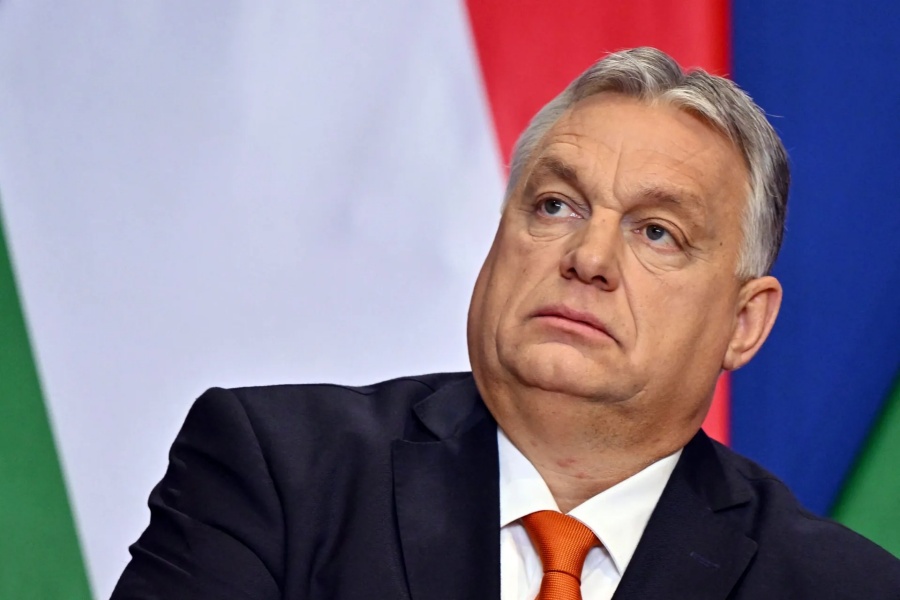Hungary is perceived as having the worst public sector corruption record in the EU, according to Transparency International’s latest POLITICO reports.
With scores ranging from 42 to 46 out of 100, Hungary, Bulgaria and Romania are far behind the EU’s Scandinavian top three, with Denmark crowned as best in class (90), followed by Finland (87) and Sweden (83), in the anti-corruption NGO’s 2022 Corruption Perceptions index.
Denmark and Finland also top the world rankings, the latter tied with New Zealand (87), thanks to their “strong democratic institutions and regard to human rights,” while Syria and South Sudan (13) and Somalia (12), “embroiled in protracted conflicts,” prop up the list at the bottom.
Luxembourg, the U.K. and Austria have seen their scores significantly decline since 2017, while Ireland is the only EU member country whose score has improved. Moldova, which was granted EU candidate status last June, also improved its score.
With a score of 28, Russia has one of the lowest results in Eastern Europe, and its full-scale invasion of Ukraine last February is a “stark reminder of the threat that corruption and the absence of government accountability pose for global peace and security,” according to a press release published with the report.
Ukraine’s score is only slightly higher (33), but the country has been “undertaking important reforms and steadily improving” since the start of the war.
But the conflict did not end corruption in the country, as shown by the recent scandal that forced Ukraine’s deputy defense minister to resign — showing that “the country’s anti-corruption mechanisms are thus far holding public officials accountable,” the report said.
The U.K. and Qatar are at historic lows in this year’s edition — though for Doha the report does not draw a direct connection with the so-called Qatargate corruption scandal that has rocked Brussels.
The index uses survey data based on interviews with experts and businesspeople from various sources (including the World Bank and the World Economic Forum) to rank 180 countries around the world according to their perceived level of corruption, on a scale from 0 — which means highly corrupt — to 100.
Its definition of “corruption” focuses on specific examples involving public officials, from bribery to diversion of public funds, as well as governments’ ability to contain corruption in the public sector.

